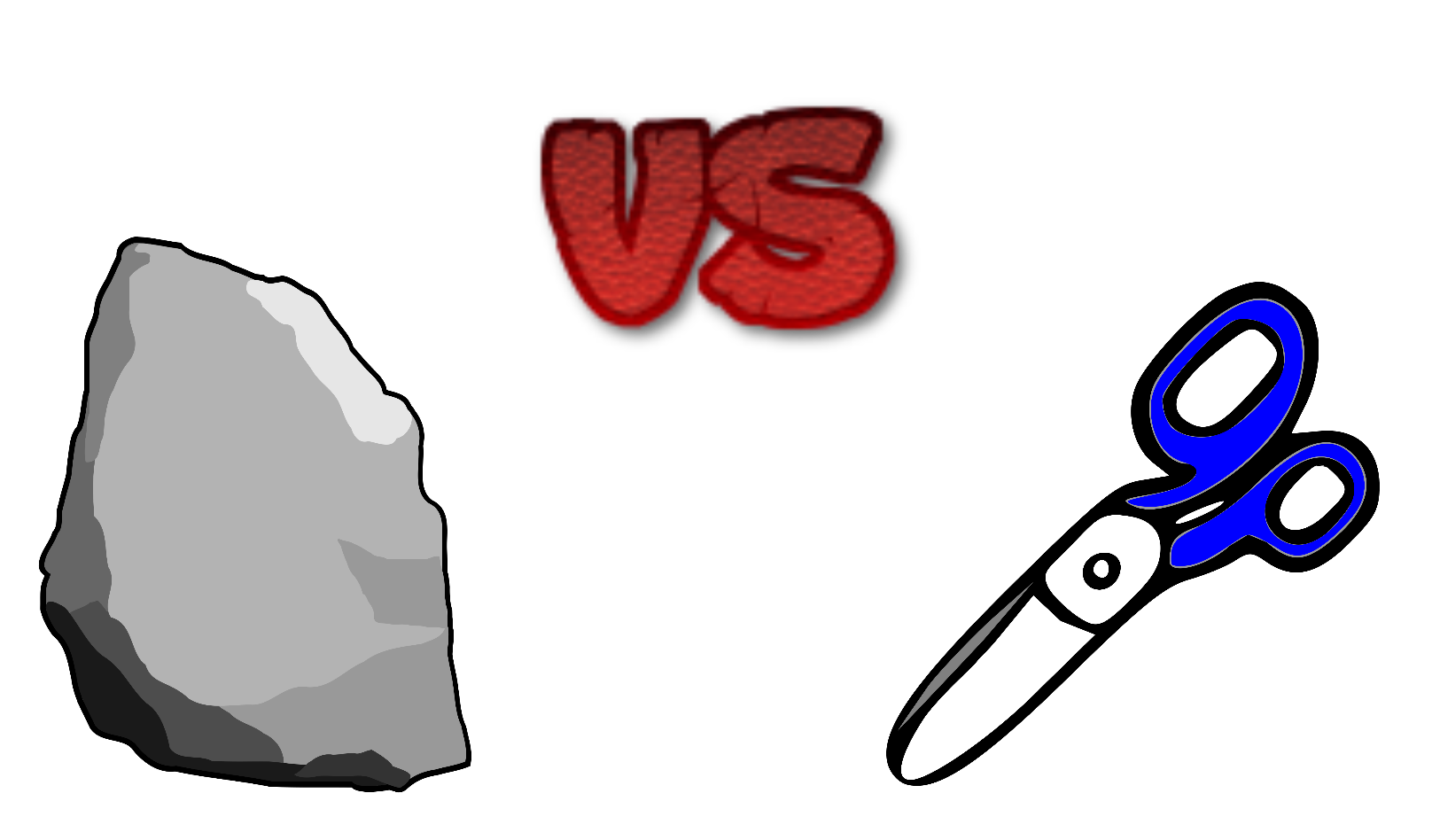Coverbs and Telicity
Coverbs
Coverbs are those things that add directionality or modify the meaning of the verb. Coverbs are so important that some of the verbs that use them change completely in meaning.
- You can write down some words for someone or write up words on the board.
- You can tell someone to shut up or shut down your computer.
- You can turn on your phone or turn around to see what’s behind you.
This is the same deal with Hungarian so it’s important to get these right. Here are some that you’ve seen in the previous sections as well as some more:
| Coverb | Meaning |
|---|---|
| fel | up |
| le | down |
| be | in |
| ki | out |
| át | through/across |
| ide | to here |
| oda | to there |
| rá | onto |
| össze | together |
| haza | towards home |
| vissza | back |
| el | away |
- Hazamegyek a családomhoz. - (I’m going home to my family.)
- Rámutatott a terv hibáira. - (He pointed out the flaws of the plan.)
- Bekapcsoltam a számítógépet, aztán lekapcsolt a villany. - (I turned on the computer, then the power turned off.)
- Soha nem fog felnőni! - (He/She’ll never grow up!)
- De miért hoztad ide őt? - (But why did you bring him/her here?)
- A vonatablakból nem szabad kihajolni! - (Leaning out of the train window is not allowed (lit. not unrestricted))
Special case: Átláttam a szitán. - (I saw past the ruse)
Even though át- means through/across, when the noun has -n attached, the meaning changes slightly.
Challenge!

A kő legyőzi az ollót! (Original image, merging free images together)
Rock beats scissors!
Telicity
Telicity (lit. end or goal) is a property of a verb that indicates completion. If a verb is telic, it is goal-oriented.
First, let’s see it in English.
- He ran around the block for half an hour.
- He ran around the block in half an hour.
The first example represents a person running within a general time-frame and realing that they ran for half an hour. The second represents a person with the goal of running around the block in half an hour, he has the goal of completing this within a time limit.
The same kind of deal applies in Hungarian, but to a whole lot more verbs. Typically either meg- or el- will represent telicity but there are exceptions, naturally. Here are some examples:
Using meg-
eszik, megeszik
Eszik translates to he/she/it eats. Because this isn’t telic, this verb can be used when you are in the process of eating or idly eating. Megeszik is telic, so now the goal is on eating all of it, used when you finish a meal.
- Mit eszel? - (What are you eating?)
- Megette a répát! - (He/she ate the carrot!)
lát, meglát
Lát translates to he/she/it sees. It isn’t telic, so this is used when you happen to see or notice something. One can intentionally néz something, but not for lát. So because of this, when meg- is added, it makes the verb even more spontaneous, to catch a glimpse or sight of something.
- Nem láttad a híres szobrot? - (Have you (not) seen the famous statue?)
- Meglátott egy rókát az erdőben. - (He/she/it caught sight of a fox in the forest.)
beszél, megbeszél
Beszél translates to he/she/it speaks. Being not telic, this is used when you are speaking in general. Megbeszél makes the verb telic and is used when the goal is to speak, this changes the verb from speaks to discuss a topic until completion, to have a talk.
- Csss! Anyám telefonon beszél. - (Shhh! Mother’s speaking on the phone.)
- Majd ezt megbeszélem vele. - (I’ll discuss this with him sometime later.)
hív, meghív
Hív translates to he/she/it calls. It can be used either to contact someone (e.g. via telephone), call someone by name or just call for something in general. Meghív now has the purpose of calling, so the meaning changes from calling to invite.
- Hívom a rendőrséget. - (I’m calling the police.)
- Kit akarsz meghívni? - (Who do you want to invite?)
Listening
The kapitány and the rabszolgák are talking, try to work out what they’re saying! From Family guy Season 5, Episode 16
Using el-
olvas, elolvas
Olvas translates to he/she/it reads. This can be used when you are leisurely reading, but elolvas means that the goal is to read the book in its entirety, to peruse it.
- Szeretek olvasni fantasy könyveket. - (I like to read fantasy books.)
- Elolvasta három könyvet tegnap éjszaka! - (He/she read three books last night!)
megy, elmegy
Megy is the general verb for he/she/it goes, and is a useful verb for going in general. Elmegy can be used with the intention of going, to leave.
- Megyünk az állatkertbe. - (We’re going to the zoo.)
- Hívj, ha elmentek. - (Call me when they leave.)
mesél, elmesél
Mesél is the verb for when he/she/it tells a story or recounts. Naturally, elmesél means that the goal is on telling the story in its entirety.
- Nagypapa éppen mesél egy történet. - (Grandpa is telling a story.)
- Ezek a vésetek egy történetet mesélnek el. - (These carvings tell a story.)
Challenge!

Aki megtanul egy új nyelvet, megszerez egy új lelket. (Free image by GDJ, fetched from pixabay.com)
He/she who learns a new language, acquires a new soul.
- Quote in English - Charlemagne, paraphrased.
The topic of telicity is quite hard to wrap the head around, you may want to download this pdf. if it helps explain.
You are encouraged to review the previous sections to see more examples of telicity.
Yet to Learn
- The instrumental case, as seen in
vele - The imperative and subjunctive form, as seen in
álljunk
Got questions? Join our discord server!: https://discord.gg/VsqppQ6